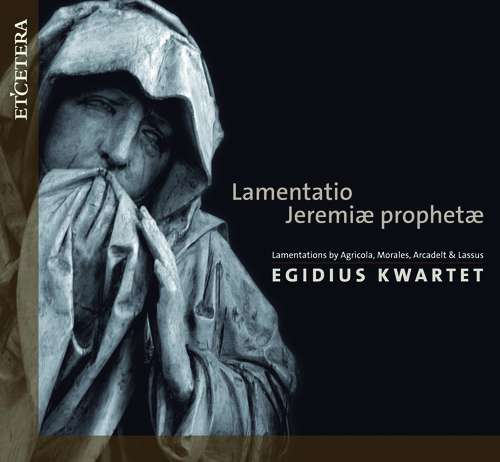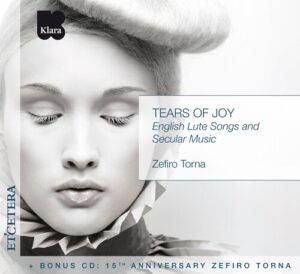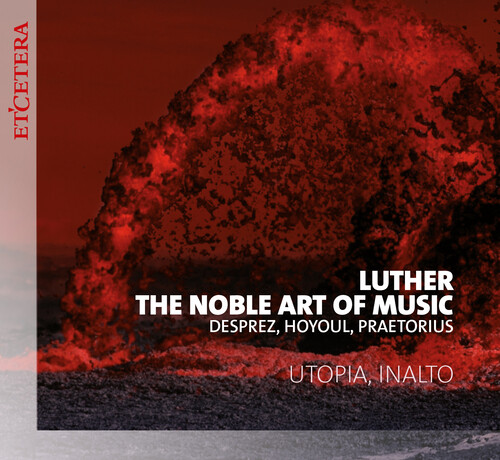Johannes Ockeghem Motets – Missa Ca put – Requiem (excerpt)
Josquin des Prez Motets – Missa L’homme armé
Pierre de la Rue Missa Cum iucunditate – Absolve Quaesumus, Domine
Johannes Ockeghem Ave Maria
Adrian Willaert O crux splendidior
Heinrich Isaac Virgo Prudentissima
Jean Mouton Noe, Noe – Nesciens Mater
Alexander Agricola Lamentatio Jeremiae – Lectio prima/secunda/tertia
Pierre de la Rue Mijn Hert altijt heeft verlanghen – O salutaris hostia – Il viendra le jour désiré – Autent en emporte le vent – Fors seulement – Laudate Dominum, omnes gentes
Josquin des Prez Mille Regretz – Scaramella
Adrian Willaert Pater Noster
Heinrich Isaac In Gottes Namen – In meindem Sinn – Ach, was will doch mein Herz – Alla battaglia – Mon Pére m’a donné mari – Es wollt eine Maeggdlein grasen gahn – Rorate, caeli – Virgo prudentissima
Pierre de la Rue Missa De septem Doloribus – Missa sub tuum praesidium
Adrian Willaert Ave Virgo – Lauda lerusalem – Douleur me bat – Vecchie letrose – Quante volte diss’io

![ETC [15-66] Etcetera Records - KTC 1519 - In the footsteps of Al](https://www.etcetera-records.com/wp-content/uploads/2023/09/KTC-1519-front.jpg)
![ETC [15-66] Etcetera Records - KTC 1519 - In the footsteps of Al](https://www.etcetera-records.com/wp-content/uploads/2023/09/KTC-1519-back.jpg)






Reviews
There are no reviews yet.